Getting Bushy Herb Plants: How To Trim A Dill Plant
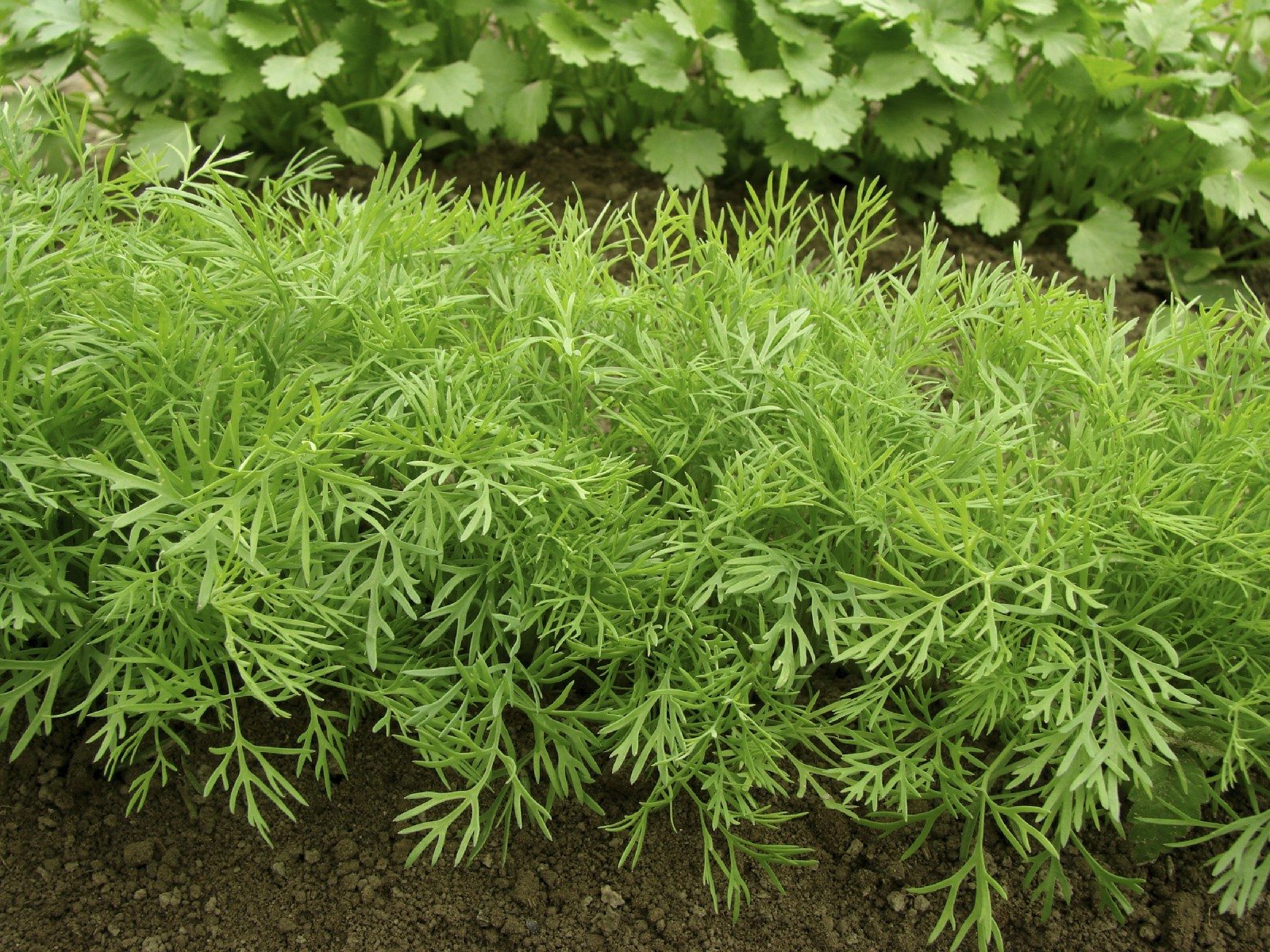
Caroline Bloomfield
Dill is an essential herb for pickling and many other dishes like stroganoff, potato salad, fish, beans, and steamed vegetables. Growing dill is fairly straightforward, but sometimes our hopes for big, bushy dill plants don’t work out as we plan. The plant can quickly grow long and leggy, but if you learn how to prune dill, the plants will produce plenty of the aromatic spice for all your favorite dishes, including jars and jars of pickles.
How to Prune Dill Plants
It’s a good idea to plan on staking an individual dill plant since it can grow very tall, up to 2 to 3 feet (61-91 cm.). If you have more than one or two plants, however, they often help support one another. If you see your dill growing tall and leggy, the answer lies in knowing how to trim a dill plant. When the plant is a couple of months old, use clean garden shears to cut off the leaves growing closest to the top of the plant. Snip the leaves right at the spot where they join the stem and enjoy them in recipes throughout the season. Pruning them from the top part of the plant will help them grow lots of leaves further down the stalk. In addition, nipping out the top buds on the plant will result in more lower leaves and will prevent the plant from going to seed too soon. It pays to be watchful and remove these buds as soon as they appear. Doing this will encourage the plant to sprout more leaves lower on its stalk and will discourage it from using all its energy just to grow taller. Plucking buds and pruning upper leaves will make your dill plants bushy. Everything you take from the dill plant can be used in food, either dried, chopped, or as fresh fronds laid across a casserole. Using these dill pruning tips will help make your dill plants bushy and full, with plenty to spare for pickles. The scent of dill is fresh, potent, and slightly reminiscent of caraway, but it has its own distinctive flavor and aroma. Harvesting an entire plant will fill your house with an unforgettable fragrance.
Gardening tips, videos, info and more delivered right to your inbox!
Sign up for the Gardening Know How newsletter today and receive a free copy of our e-book "How to Grow Delicious Tomatoes".
- Caroline BloomfieldManager of Marketing Communications
-
 Try The Trend – Turn Any Bed Into A Keyhole Garden With This Clever In-Ground Composter
Try The Trend – Turn Any Bed Into A Keyhole Garden With This Clever In-Ground ComposterKeyhole gardening is an efficient and sustainable practice that saves space. Get started on this DIY project quickly and easily with an in-ground composter.
By Bonnie L. Grant
-
 4 Superfast Composting Methods: Turn Waste Into Garden Gold In 30 Days Or Less
4 Superfast Composting Methods: Turn Waste Into Garden Gold In 30 Days Or LessTry the fastest composting methods to turbocharge your pile and transform kitchen scraps and garden waste into finished compost in just a few weeks.
By Mary Ellen Ellis
-
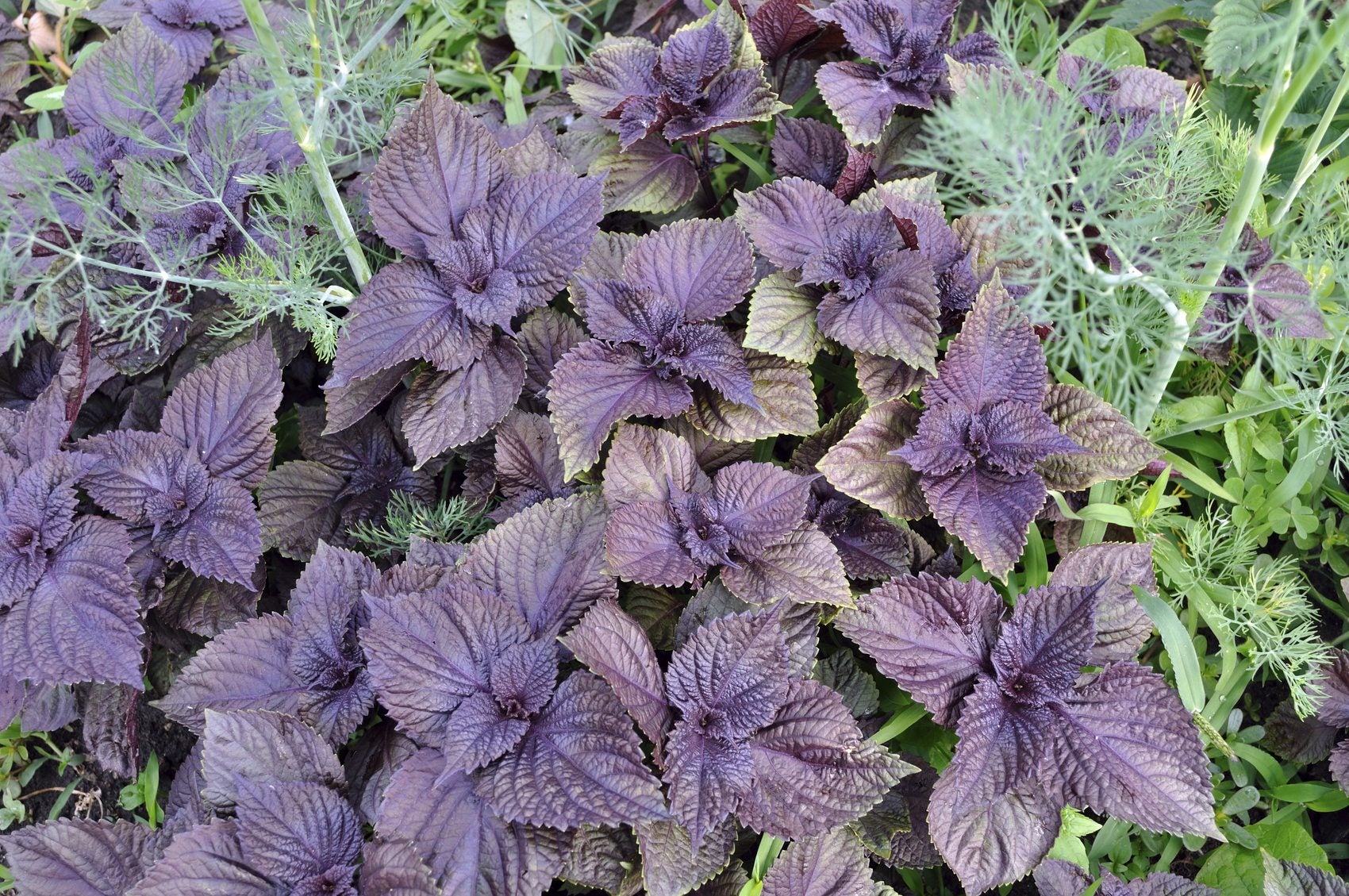 Companion Plants For Dill: What To Plant With Dill In The Garden
Companion Plants For Dill: What To Plant With Dill In The GardenIf you're wondering what to plant with dill, experiment and see what works best in your garden. Here are some suggested dill companion plants - and a few things that AREN'T believed to be good dill plant companions. Click this article to learn more.
By Mary H. Dyer
-
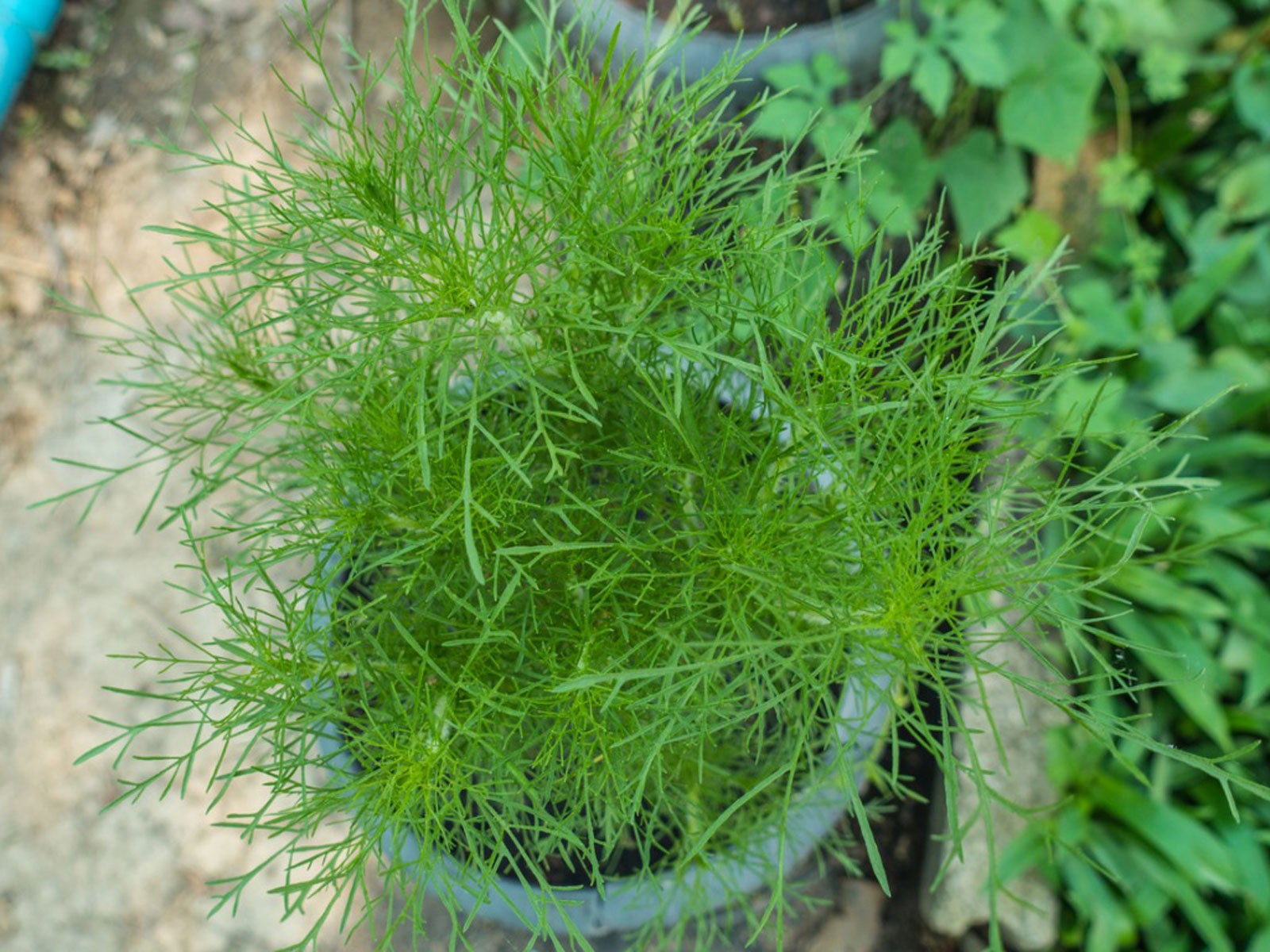 Potted Dill Plant Care: Tips For Growing Dill In Containers
Potted Dill Plant Care: Tips For Growing Dill In ContainersHaving dill in a container near or in your kitchen is a great way to get the most out of cooking with it. How do you grow potted dill plants? Click here.
By Liz Baessler
-
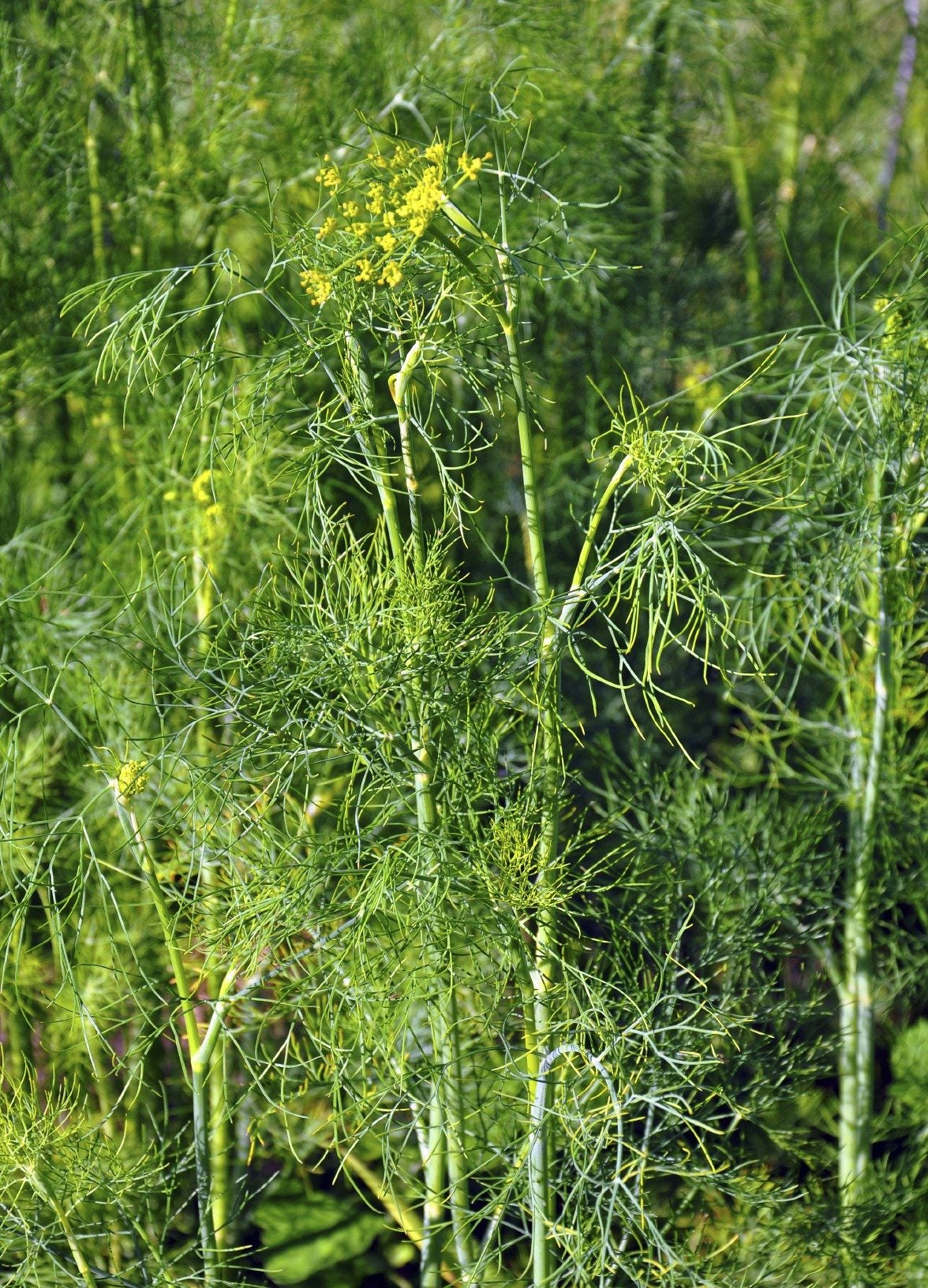 Dill Plant Types: What Are Some Different Varieties Of Dill
Dill Plant Types: What Are Some Different Varieties Of DillDill is a great herb to have around. It has fragrant, delicate foliage, bright yellow flowers, and a flavor like none other. But there are a few different varieties of dill, and it may not be easy to know which one to grow. Click here to learn more about it.
By Liz Baessler
-
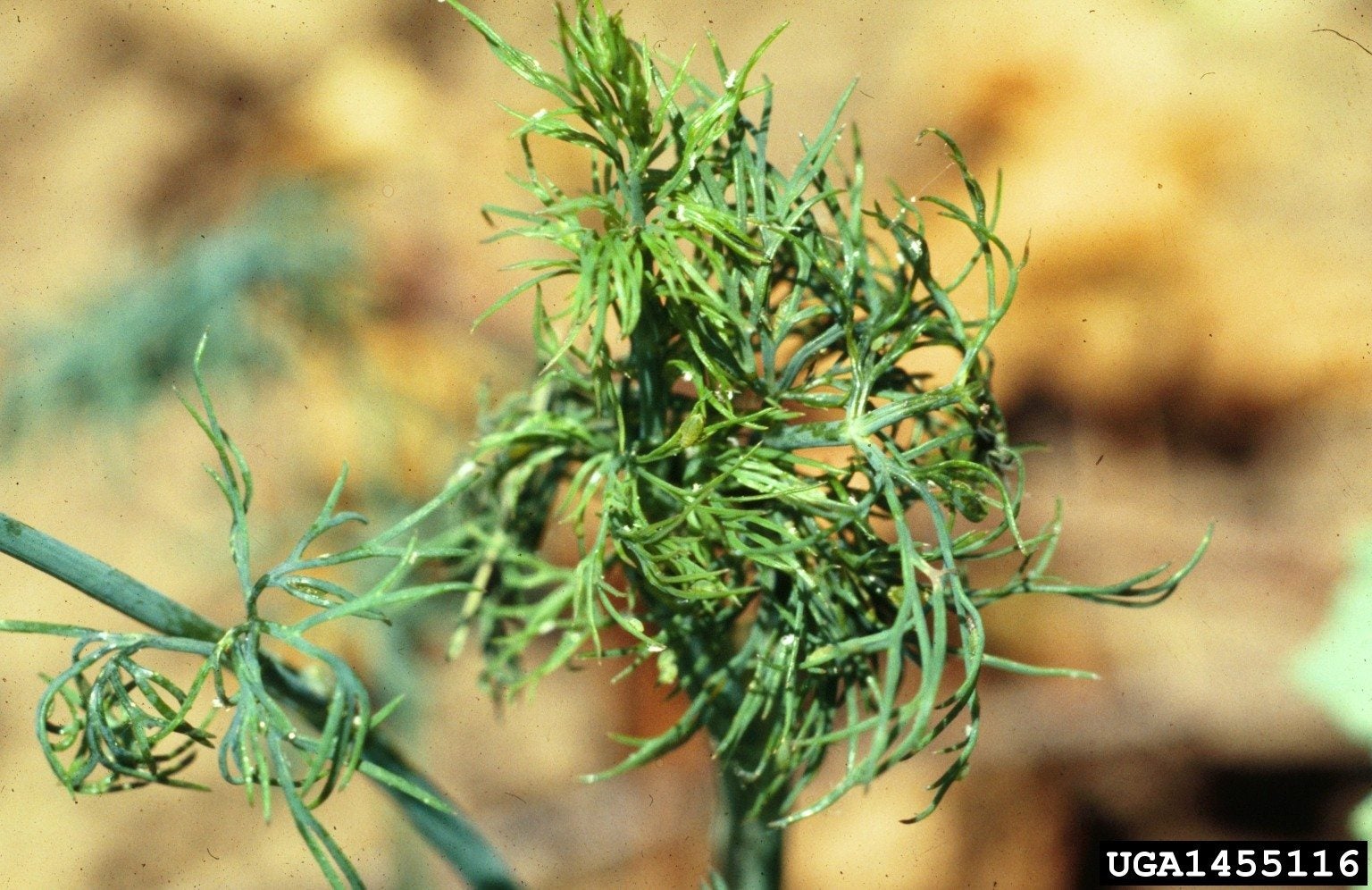 Dill Plant Diseases – Tips For Treating Issues With Dill
Dill Plant Diseases – Tips For Treating Issues With DillThe average gardener may have to deal with his or her share of dill plant problems, from pests to dill plant diseases. The following article contains information on identifying and treating diseases affecting dill plants. Click here for more info.
By Amy Grant
-
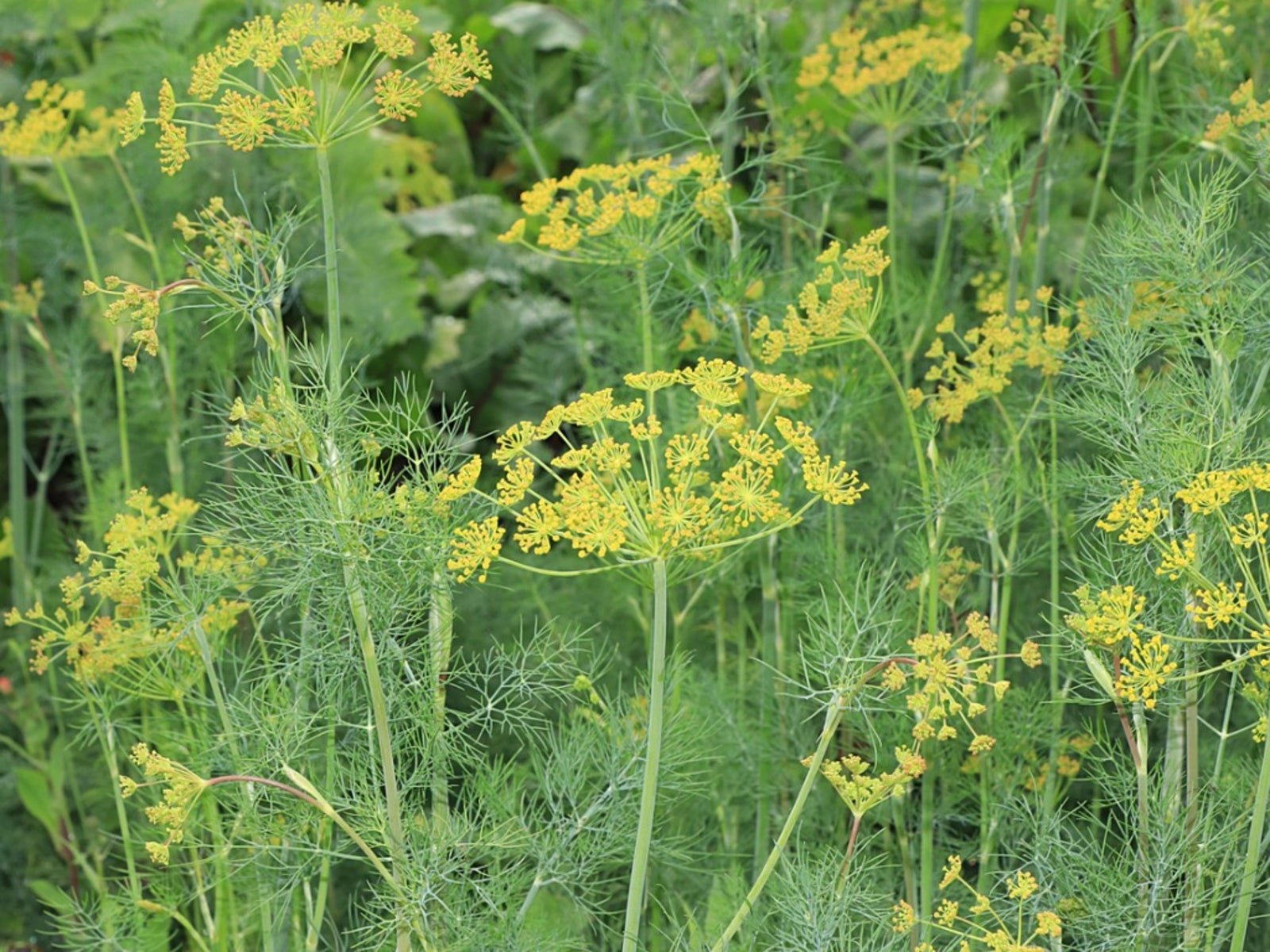 Yellowing Dill Plants: Why Is My Dill Plant Turning Yellow
Yellowing Dill Plants: Why Is My Dill Plant Turning YellowYellowing dill plants can be an indication of incorrect cultural care, improper site, insects or disease as well as an indication to end of season. If you are asking, "why is my dill plant turning yellow," click here for more information about common causes.
By Bonnie L. Grant
-
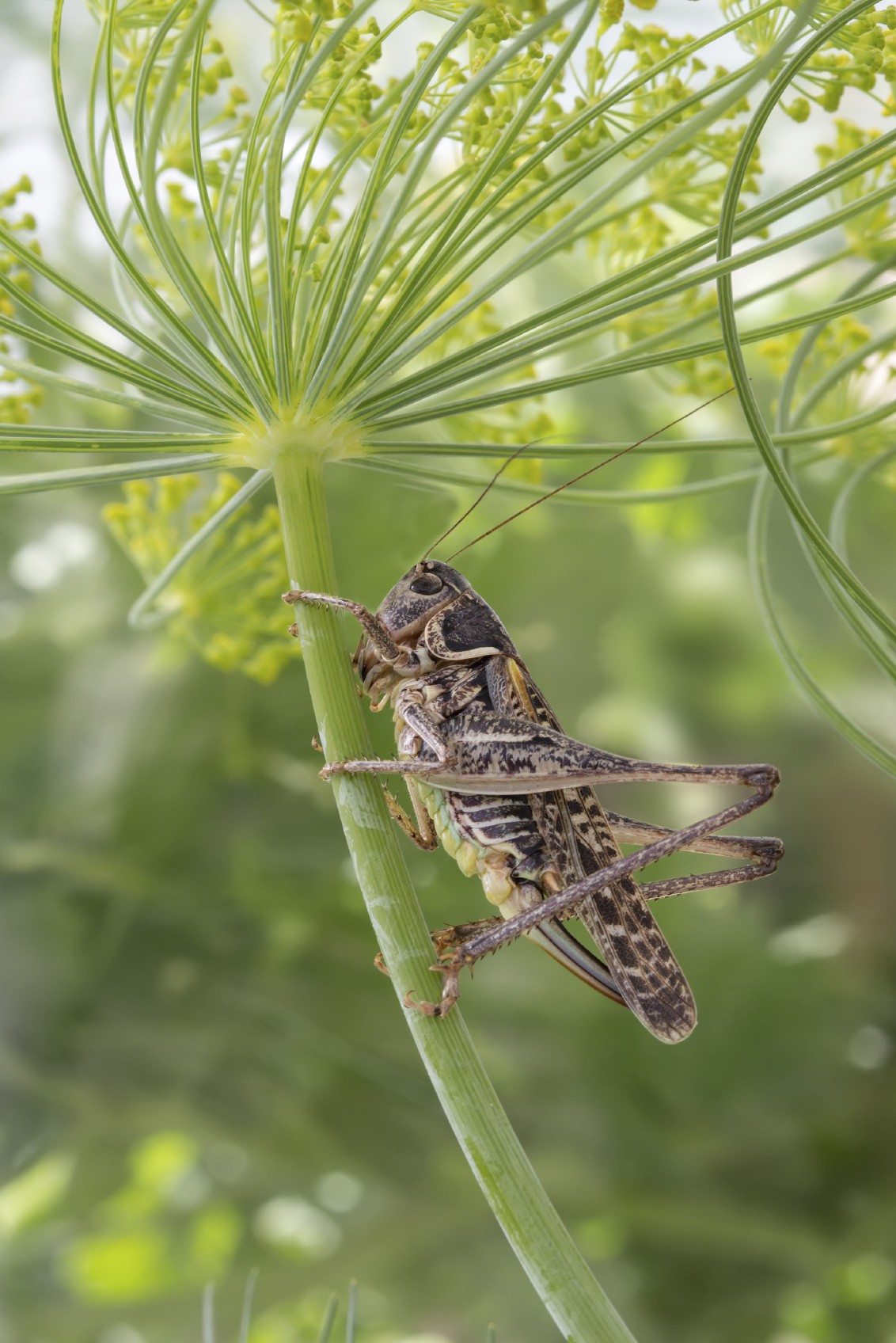 Dill Plant Care: Tips For Treating Pests On Dill Plants
Dill Plant Care: Tips For Treating Pests On Dill PlantsAs with most herbs, dill is fairly easy to care for, but it does have its share of dill plant pests. Find out about getting rid of insects on dill and other dill plant care in this article. Click here for more information.
By Amy Grant
-
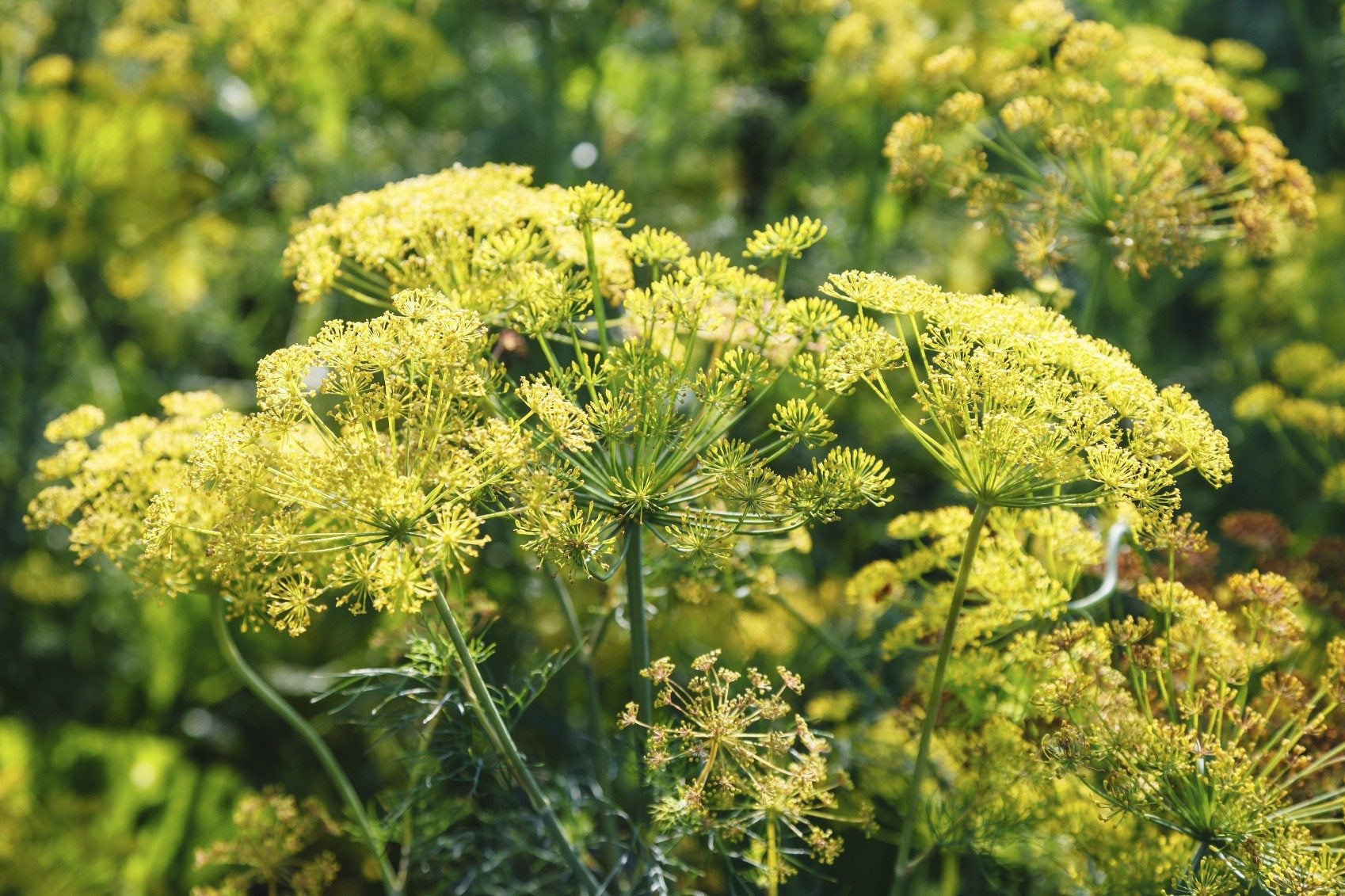 Why Is My Dill Flowering: Reasons A Dill Plant Has Flowers
Why Is My Dill Flowering: Reasons A Dill Plant Has FlowersSo you say, "My dill plant is flowering." This may be a good thing or a bad thing depending upon which part of the plant you use most often. Learn more about flowering in dill plants in this article and decide which applies to you.
By Bonnie L. Grant
-
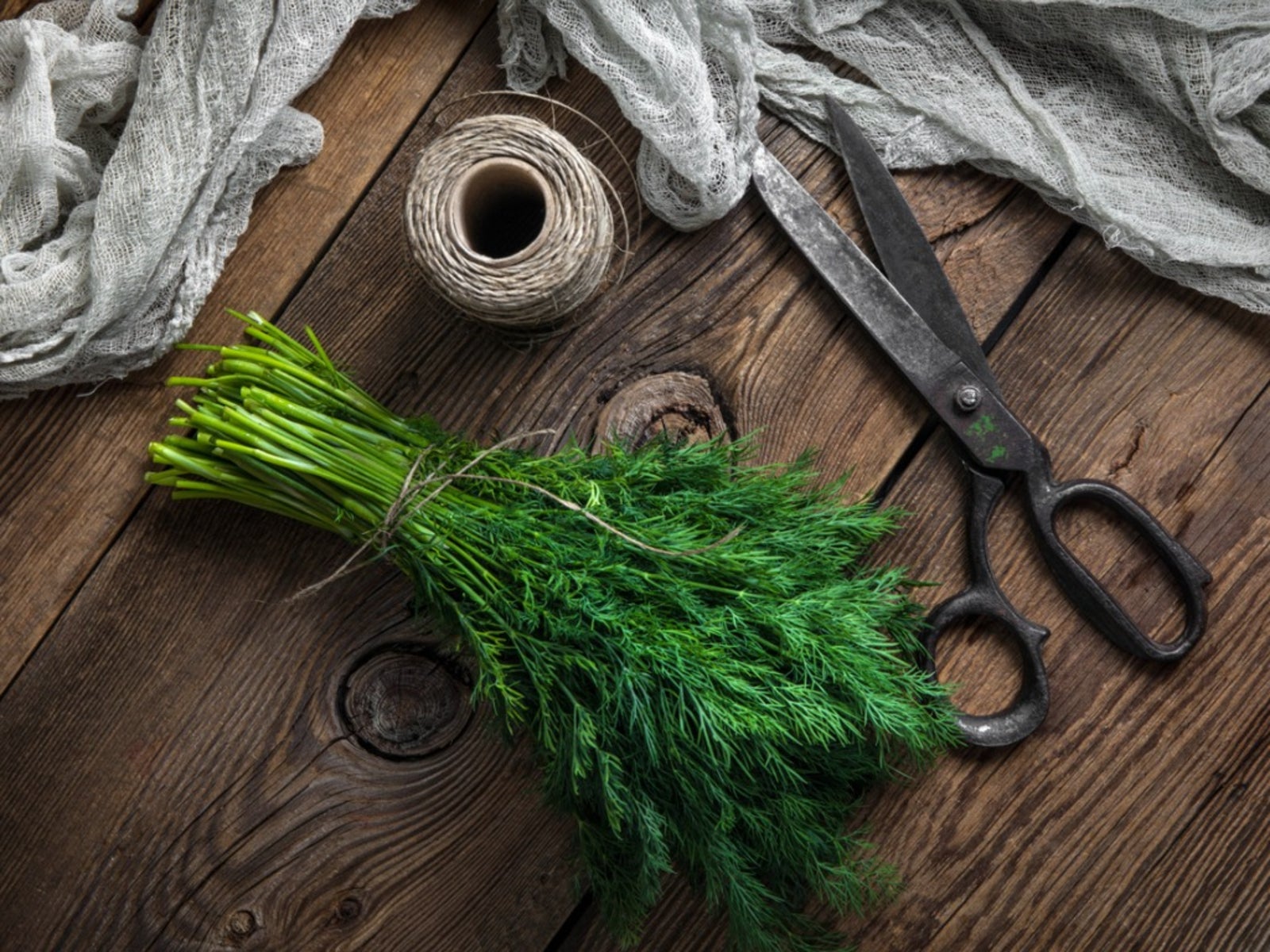 Information On How To Harvest Dill And Drying Dill Weed and Dill Seeds
Information On How To Harvest Dill And Drying Dill Weed and Dill SeedsDill weed is an essential flavoring for pickling. Learn how to harvest dill and how to store dill weed to keep the delicate flavor around all year. This article will help, so click here for more info.
By Bonnie L. Grant